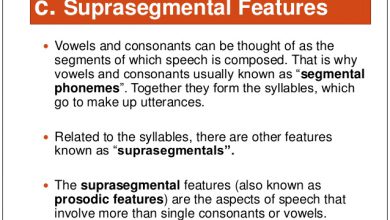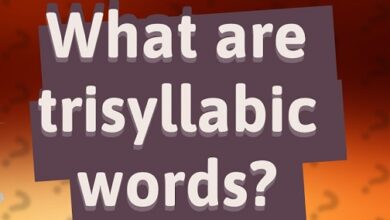Sound and noise definition/Difference/elaboration
What is sound?
Sound begins as vibrations – waves in the air that vibrate back and forth. But sound is not the same as hearing. Only when these vibrations reach your ear are they converted into electronic signals that your brain understands as the auditory sense. Sound and noise definition
What is noise?
All sounds are similar in this sense: they are just vibrations. There is no physical difference between a noise and a pleasant sound.
What is different is how you, as a listener, respond to these sounds. Noise is just any sound that you don’t want to hear.
Let’s continue with the example of the wind. If it is a warm summer afternoon, you find yourself walking through a forest and hear the wind blowing through the trees, is that noise? Or do you enjoy listening to it? What is it that makes this wind different from the wind that prevents you from clearly understanding the person with whom you are talking? Both are just sound vibrations.
What makes them different is that you want to hear one of those winds and not the other.
Hearing professionals call this the will of the listener, which basically means that the same sound can be both “noise” and “no noise” depending on how much you want to hear it.
Differentiate between noise and non-noise Sound and noise definition
- The difference between sound and noise lies in the lack of harmony in the second . Sound obeys a distinguishable pattern while noise is an anomaly with no apparent patterns.
- The word sound comes from the Latin sonitus which means noise or roar. It is only recently that we make a distinction between the two terms. Sound and noise definition
- In physics , for example, they define sound as the set of waves that diffuse as a physical state (liquid, solid and gaseous) that causes variations in pressure and density , different from noise that is irregular and without agreement between the fundamental tones and its harmonics.
- Sound can be distinguished from noise by its quality of pleasant or unpleasant . Sound is often used to describe something pleasant, such as the sound of rain or the sound of music. Noise is used to underline something that creates a violent impact, such as car noise or construction noise.
- In phonetics, sounds are also differentiated from noises. Phonetics is made up of sounds produced by each organ, such as the vocal cords, the nose, etc. Instead, the use of onomatopoeia are noises produced to resemble an animal or thing.
- Your brain is a wonderful organ that can differentiate between noise and non-noise – and it can automatically focus on the sounds you want to hear. This is due to the will of the listener. If you listen to the voice of a certain person in a noisy situation, your brain focuses on their voice and can reduce background noises.
- Imagine that you are sitting watching TV, when someone appears and starts talking to you. Which of those sounds – the TV or your voice – is noise? It depends on which one you want to hear. If you would rather have a conversation with this person, TV would be the noise. If you’re focused on the show, your voice could be the noise. But both are creating sound vibrations; your brain can determine which vibrations you want to hear and which you don’t. Sound and noise definition


